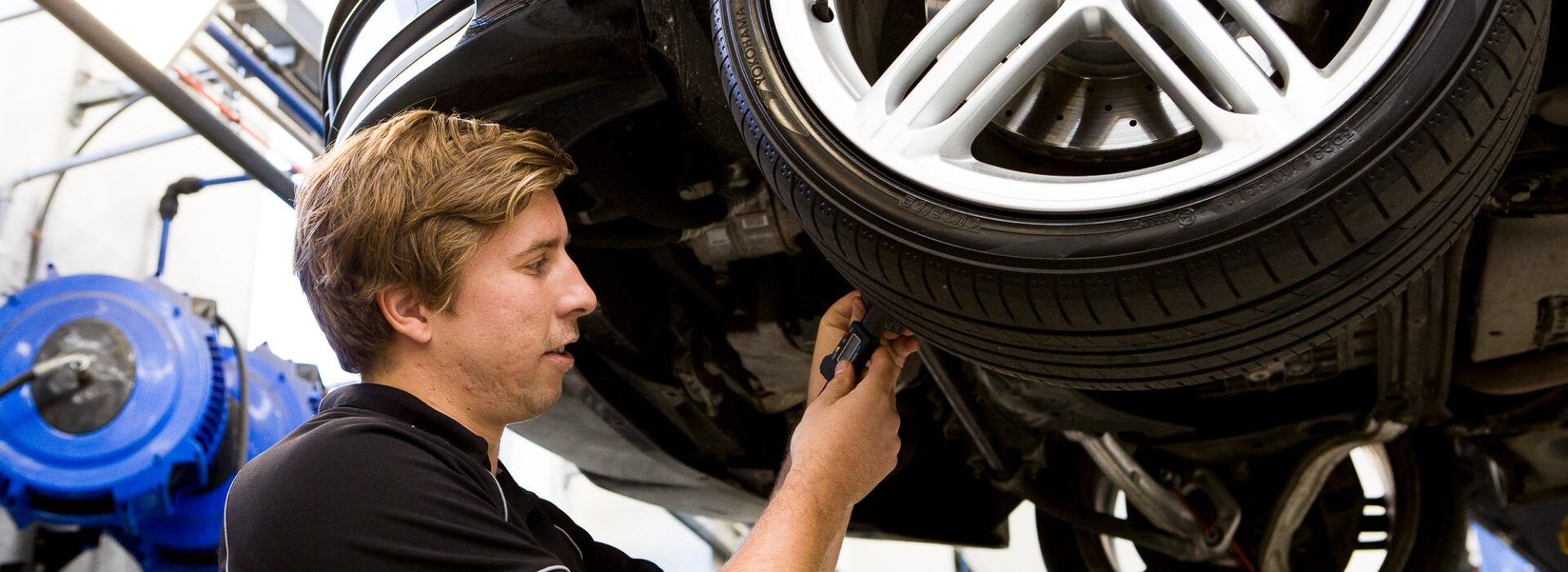Wheels and tyres have a huge impact on your car’s handling, performance, fuel economy and safety. Whether you’re driving a high-powered performance vehicle or the family car, selecting the right tyre size is essential. When it comes to tyres, size is more than just a measurement of how big a tyre is.
Today we’re breaking down what tyre sizes mean, how to read them, and how to select the right size to fit your car and driving conditions. This is tyre size explained.
What does tyre size mean?
175/70R14 84H. It may appear like a cryptic code to the untrained eye, but this tyre size – printed on the sidewall – conveys important information about a tyre’s dimensions, construction, and performance capabilities. Each aspect of this code is important for ensuring that your vehicle operates safely and efficiently, as the correct tyre size affects handling, fuel economy, and the overall driving experience.
How to read tyre size numbers and letters
Let’s decode our example tyre size from above, working through each segment to understand the specific information it provides. 175/70R14 84H.
Width
175: This number represents the width of the tyre in millimeters from sidewall to sidewall. In this case, the tyre is 175 millimeters wide.
Aspect Ratio
70: This number is the aspect ratio, which indicates the height of the tyre’s sidewall as a percentage of the tyre’s width. Here, the sidewall height is 70% of the tyre’s width.
Construction
R: This letter stands for ‘Radial,’ which refers to the tyre’s construction type. Radial tyres are the most common type, featuring layers of fabric with cords running at right angles to the circumference of the tyre.
Diameter
14: This number is the diameter of the wheel rim in inches that the tyre is designed to fit. In this case, the tyre fits a 14-inch wheel rim.
Load Index
84: This number represents the load index, which indicates the maximum load-carrying capacity of the tyre. A load index of 84 means the tyre can support up to 500kg when properly inflated.
Speed Rating
H: This letter indicates the speed rating, which is the maximum speed the tyre can safely maintain. An H rating means the tyre is rated for speeds up to 210 km/h.
What tyres fit my car? How to check.
Choosing the right tyres for your car involves checking the manufacturer’s recommendations and understanding the markings on your current tyres. Here’s a step-by-step guide:
- Find your vehicle’s tyre specifications
Check the owner’s manual or the tyre information placard located on the driver’s side door jamb. This will provide the recommended tyre size, load index, and speed rating for your vehicle. - Understand the speed rating
The speed rating is indicated by a letter at the end of the tyre size marking, which corresponds to a specific speed. The higher the speed rating, the better a car handles. Here’s a table to help you decode speed ratings:
| Speed symbol | Maximum speed (km/h) |
|---|---|
| N | 140 |
| P | 150 |
| Q | 160 |
| R | 170 |
| S | 180 |
| T | 190 |
| U | 200 |
| H | 210 |
| V | 240 |
| Z | 240 |
| W | 270 |
| Y | 300 |
- Inspect your current tyres
Look at the sidewall of your current tyres to find their size and specifications. Match these with the manufacturer’s recommendations to ensure you’re using the correct tyres - Consult with professionals
If you’re unsure about the best tyres for your vehicle, consult with our professional tyre fitters here at Cox Auto. We know tyres inside and out, and will help you select tyres that match your vehicle’s specifications and driving conditions.
Can you have two different tyre sizes on one car?
Different tyre sizes affect a vehicle’s handling, balance, and safety. Uniform tyre sizes ensure consistent performance and stability. So generally speaking, it’s safer to keep tyre sizes uniform. Some vehicles are designed to have different sizes for front and rear tyres, particularly performance or luxury cars that may have different requirements for performance balance, weight distribution or handling dynamics. In these cases, tyre configurations are carefully engineering to ensure optimal performance and safety – so stick to your manufacturer’s specifications.
Can I put a different tyre size on my car?
It may be possible to use a different tyre size if you require a change in performance or dynamics, but it is crucial that your new tyre size is compatible with your vehicle. Always consult your owner’s manual and seek advice from a professional before making any changes to car tyre size.
Where the rubber hits the road
With this guide to tyre size explained, you might be thinking it’s time to replace yours.
We understand the performance needs of all vehicles, and stock top-quality tyres to ensure the best performance from your pride and joy. Book in today and we’ll get you on the road with the right sized tyres for better fuel consumption, handling, performance and longevity.
Need to get somewhere while your tyres are being replaced at Cox Auto? As well as a fleet of courtesy cars, we offer a complimentary pick up and drop off service via Uber within 10 km of our centre in South Melbourne.


